Category: Cultures
-

The pre-Nuragic mother goddess of Sardinia
The development of cultures in pre-Nuragic Sardinia reveals an inner search. Through rituals and beliefs new metaphysical frames of meaning, new interpretations of existence are delineated. The feeling of an order beyond nature, which transcends into the sphere of the sacred, is realised in the archetypal image of a female deity related to fertility. That…
-

Nuragic – Behind the Giants
It was the time of heroes, of immortal warriors along the quartz shores of Sinis, on one side roaring and on the other as placid as the stars. It was the age of the giants, erected like vigilant sentinels of the centuries. They were on the threshold of worlds through life and death, flesh and…
-
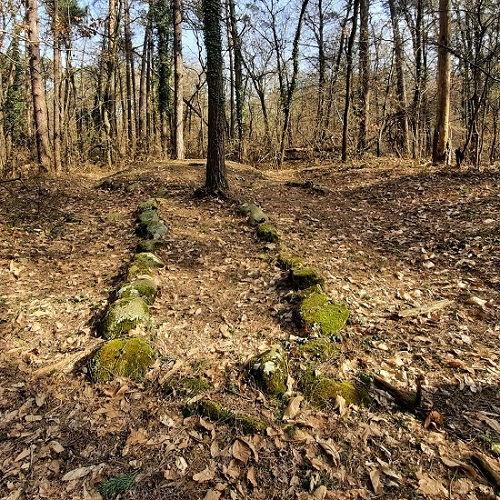
The “cromlechs” of the Golasecca necropolis
The Golasecca necropolis of Monsorino is located in a wooded area of the Ticino Park, consisting mostly of chestnut and dense oak forests. It is accessed via a rough, sometimes wild path that seems to be a testimony to primordial times, to remote eras of human wandering. The forest has the characteristics of a special…
-

The sanctuary of Hercules Victor in Tivoli
Since antiquity, Hercules has represented the archetype of strength and invincibility. Nevertheless, the Roman deity is associated with cultic phenomena of different manifestations, also related to agro-pastoral activities and trade. The figure of Hercules derives from a syncretism between the warrior attributes of the Greek Heracles and the sylvan attributes of the Etruscan god Hercules.…
-
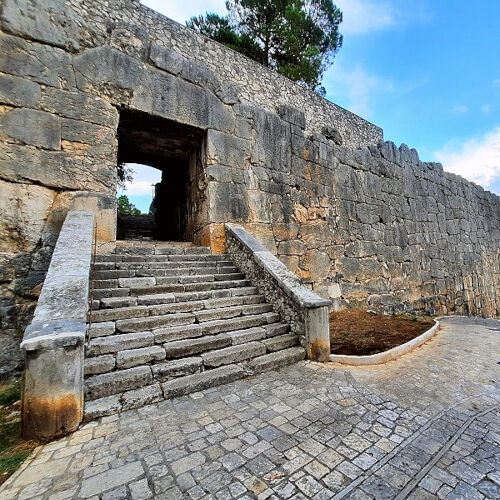
The megalithic walls of Alatri, where stone is timeless
The civita of Alatri stood on the slope of a hill above a stream, a branch of the Liri river. There, five hundred metres above the sea level, was the acropolis of the ancient city. Still visible are the quadrangular base of a small temple in Tuscan order, a reconstruction of which is now in…
-
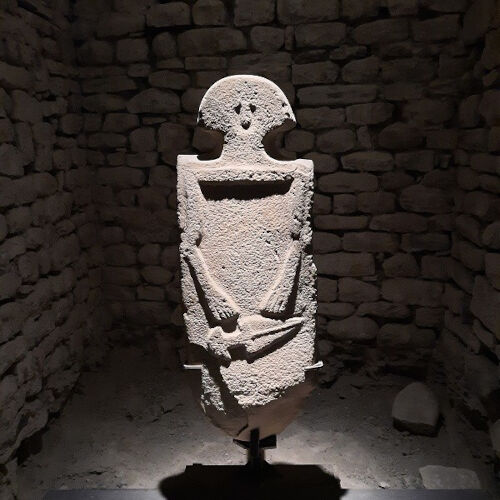
The Lunigiana stele statues
An anthropomorphic figure, which seems to have re-emerged from a forgotten and primordial age of man, stares at visitors with an enigmatic archaic smile. The statue, made of sandstone, has a semicircular head. Its stylised face has a simple U-shape, but mysteriously takes on an expressiveness that transcends time. It seems to look into the…
-
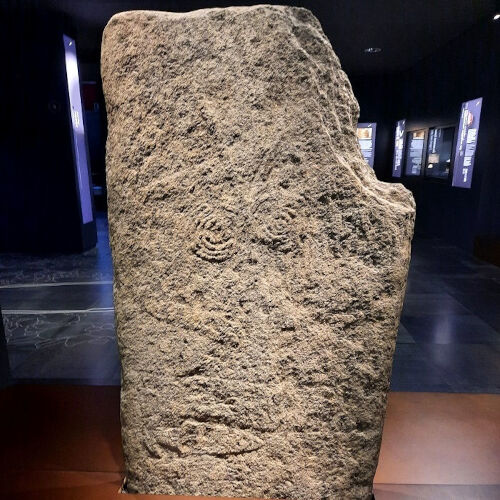
The megalithic area of Saint-Martin-de-Corléans of Aosta
In the history of mankind there are certain places that have been called sacred by ancestors, and from that remote time they remain unchanged in their transcendent hierophany. These are cultic centres that hold testimonies of universal belonging, sometimes monumental traces of our past. They are material testimonies of a lost era, when rites were…
-
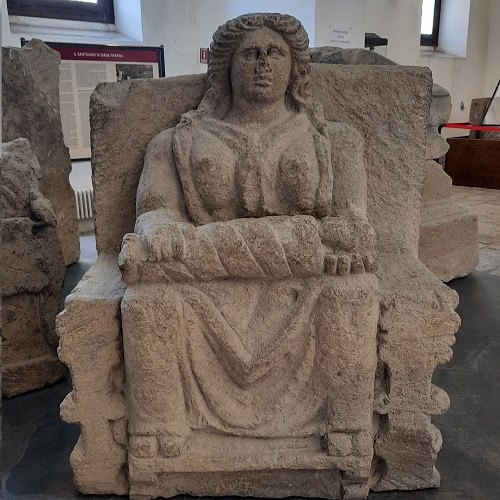
The Mother goddesses of Capua
In Petrara locality, among the countryside of Curti, an ancient tufa podium was found1. There, within an area owned by the Patturelli family, the remains of a complex cult building and dozens of carved mothers, the so-called Matres Matutae (Mother Goddesses) of ancient Capua, were discovered. The site was located not far from the Porta…
-
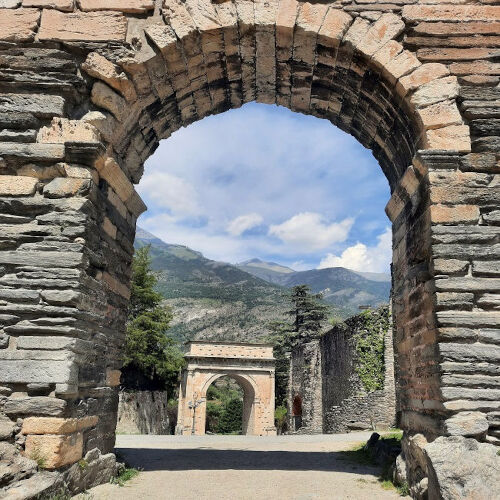
Segusium and the ancient Roman remains of Susa
Cottius, wise and far-sighted Cottius, king of the Cottians. After Caesar’s assassination in 44 B.C., Rome plunged into a bloody civil war. Hence, some of the Gallic tribes settled in Northern Italy took the opportunity to rebel. The Salassians on several occasions barricaded themselves in the Alpine passes, in the hope of getting free from…
-
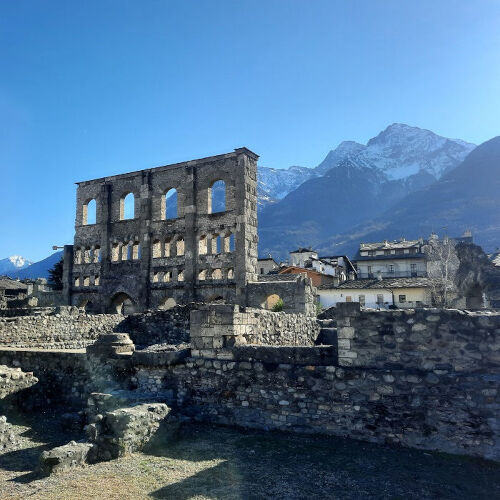
Augusta Praetoria, the Roman Aosta
Augusta Praetoria Salassorum was the name of the colony that Emperor Augustus had placed to guard the Alpine transit routes, and which we know today as the Roman Aosta. There, in fact, the consular road from Milan (Mediolanum) to Gaul ran along two main road axes: one towards Lyons (Lugdunum) by way of the Little…

